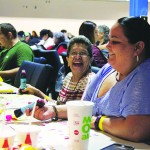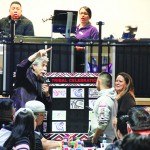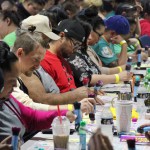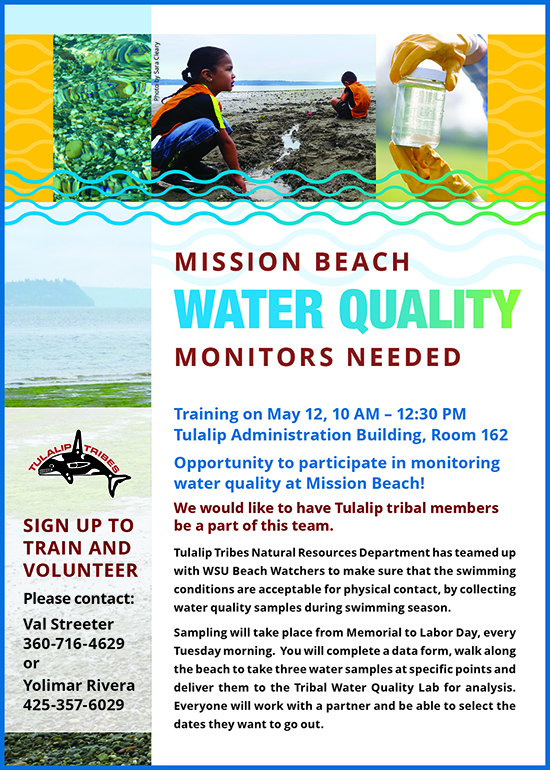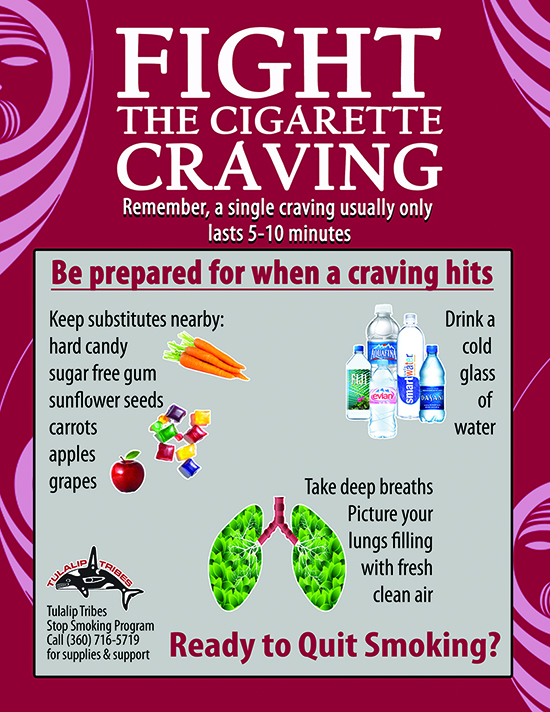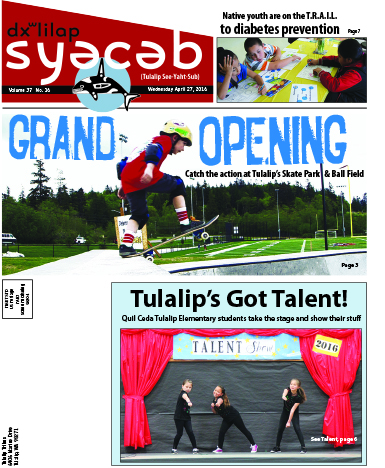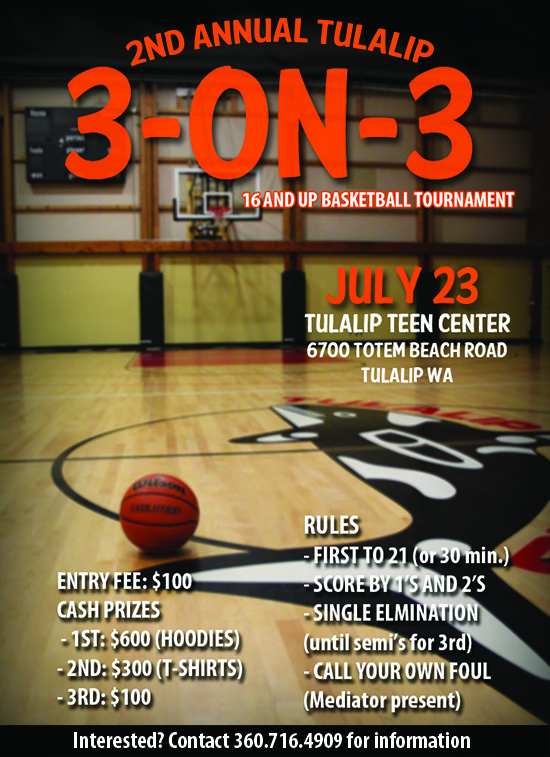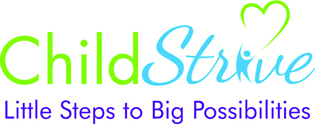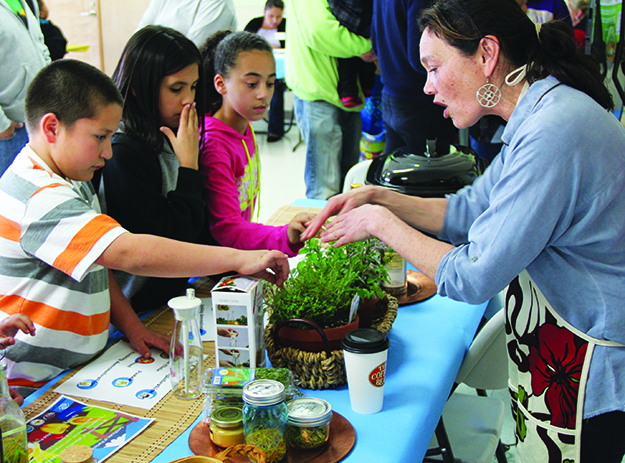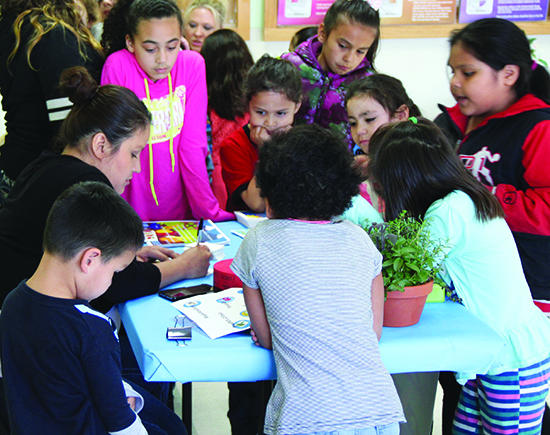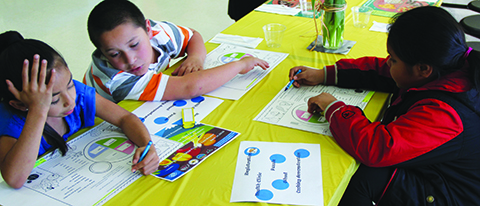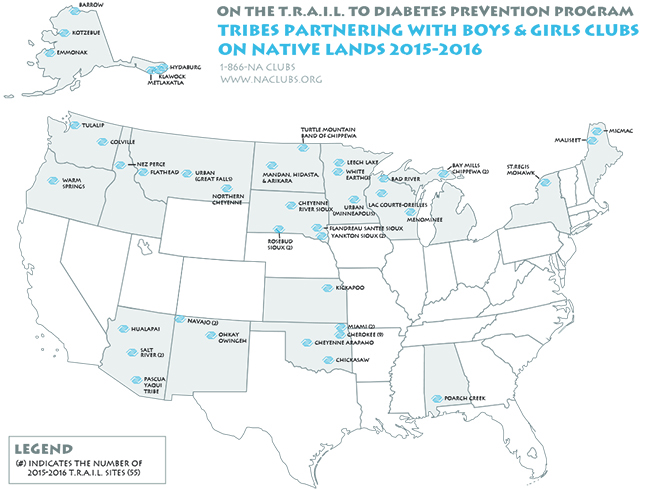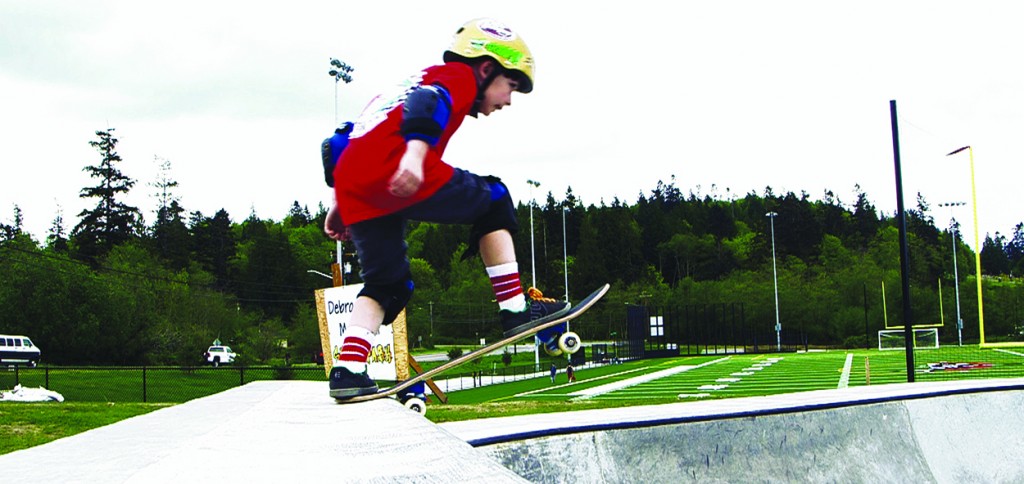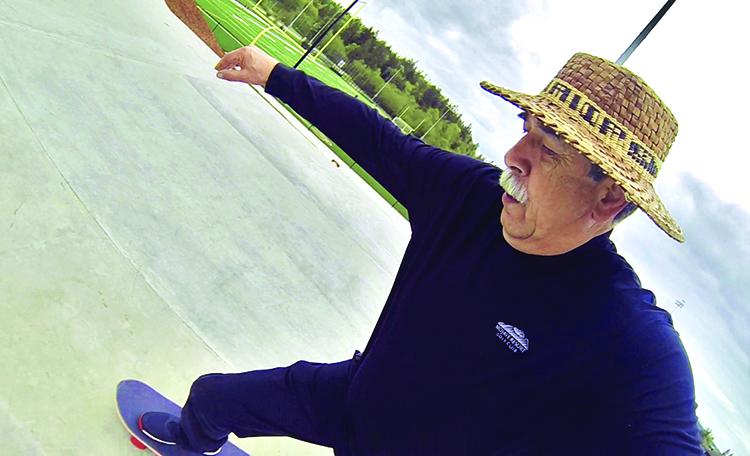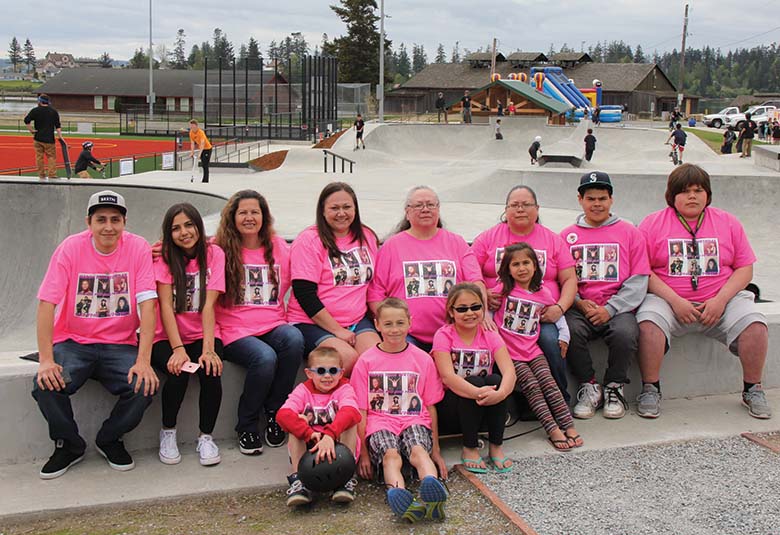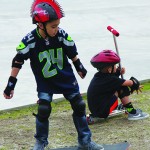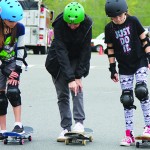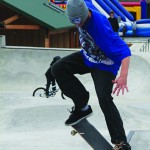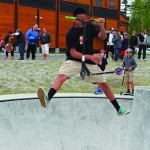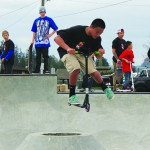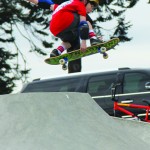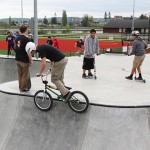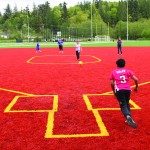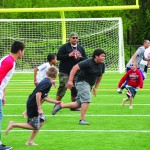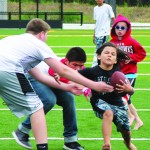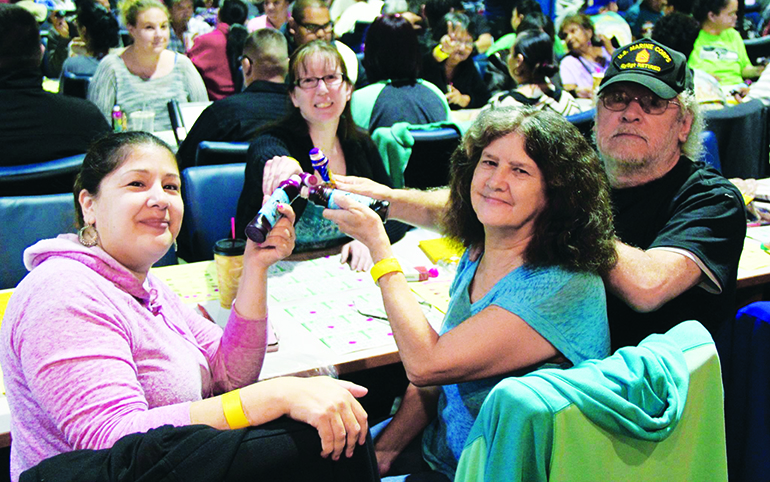
By Micheal Rios, Tulalip News
On Monday, April 25, the Tulalip Tribes held their 15th annual Tribal Bingo Celebration. Tribal citizens who live locally on or around the reservation were joined by their fellow Tulalip members who travelled from Seattle, Bellingham, and Tacoma to join in on the festivities and try their luck to win high-end prizes and fill their pockets with cash.
Like he has done in years past, Chairman Mel Sheldon ‘rained’ supreme on the mic as the MC for each bingo session. Mel kept the atmosphere lively and upbeat while wearing a super fancy purple blazer in honor of the late, great musical icon Prince.
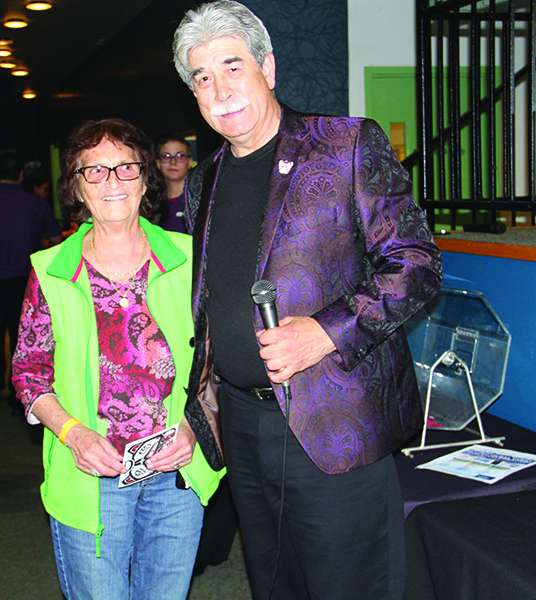
“We are honored to host our tribal bingo while bringing fun and excitement to the membership for 15 wonderful years now,” said Tammy Taylor, Tulalip Bingo Director. “The beautiful part of our tribal celebration is it’s a fun time for our people to enjoy each other’s company. During any one of the three sessions you could feel the happiness, feel the positive spirits, and see the beautiful smiles of our elders. Every year it’s so wonderful to see our elders come in and have such a great time.”
This year’s event was heralded as unique from previous years, as Bingo staff did their best to make the 15th annual celebration one to remember. First of all, instead of having only two sessions like years past, there were three sessions; held at 10:00 a.m., 2:00 p.m., and 6:00 p.m. Adding an extra session made seating more comfortable and gave a slight bump to everyone’s chance of winning prizes and cash. Secondly, the door prize drawings were held in a different fashion. Tribal members who were lucky enough to have their ID called would make their way to the front and choose from a number of tribally designed cards (provided by our very own Hibulb Cultural Center), and then on the back of the card would be their door prize. Prizes ranged from a trip voucher to a Vizio 60” flat screen TV to a washer and dryer set to various amounts of everyone’s favorite, cold hard cash.
Spanning each session were 14 games of bingo, plus an all-new Wild Goose Chase pull-tab game. For each session there was just under $17,100 in total cash prizes awarded to the winners.
The 10:00 a.m. morning session was most popular with 420 tribal members in attendance, followed by the 6:00 p.m. evening session with 394, and lastly the 2:00 p.m. session had 277. All in all there were 1,091 Tulalip tribal members who took part in this year’s bingo celebration.
“Our Bingo team did a wonderful job of preparing for each session and executing as a team,” added Tammy. “There were virtually no lines, whether it was getting the membership in the door and finding a seat or getting a plate of food. Our Deli team cooked and prepared more than enough food for the breakfast, lunch and light dinner we provided. From our Bingo team members to the Enrollment team members, everyone did a fantastic job start to finish.”


